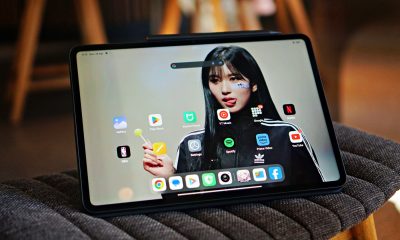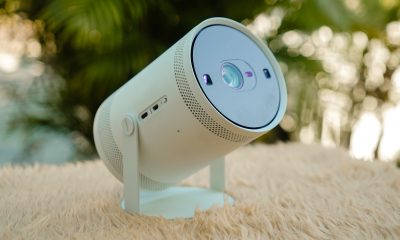Enterprise
SingHealth rolls out iPad program for inpatients
iPads now become available anytime by their bedside

It’s no secret that technology is supposed to make life better. We look for our GadgetMatch so we can be more efficient and more effective at what we do. Some gadgets, more than others, also are able to have a more meaningful impact and transform lives. Take the iPad for example.
SingHealth, the largest public healthcare cluster in the country, has started a pilot program to make things easier for inpatients at Singapore General Hospital (SGH). SingHealth nurses, doctors, allied health professionals, Office for Service Transformation and IT specialists from Integrated Health Information Systems (IHiS) developed the app MyCare, which enables inpatients to access their individual care information on iPads anytime by their bedside in the wards.
The application also comes with interactive features including a messaging function for patients to ask questions about their care plan or to put in specific requests for water, pillow and housekeeping services. Patients can also use MyCare to access educational videos and care tips.
“Digital technologies can improve the way we communicate information to patients and their caregivers and empower them to be partners in their own care. MyCare is designed to allow patients to refer to their care plan and medical information at their convenience, throughout their hospital stay. This will help to reinforce traditional face-to-face communication between our care teams and patients,” says Professor Ivy Ng, SingHealth Group CEO.
The program is currently being tested at two SGH wards comprising 51 beds. Upon admission, the nurse activates MyCare by scanning the patient’s identity tag and confirming patient’s personal details. To safeguard patient confidentiality, every patient is assigned a unique password that must be entered each time to access their information on MyCare. Patients can also choose to grant access rights to their caregivers.
If a patient wishes to keep medical information such as diagnosis and test results confidential, he can do so by setting an additional password to secure the medical information. Upon discharge, the patient’s record will be deleted from the iPad to ensure no historical data is available. This is enabled by iPad and iOS’ built-in privacy and security features that do not allow sharing of sensitive data without consent.
The pilot, which is part of SingHealth’s care transformation efforts, was announced in conjunction with the annual SingHealth Nurses’ Day celebrations, graced by Mr. Gan Kim Yong, Minister for Health.
SingHealth Group Chief Nurse Tracy Carol Ayre says the idea to develop MyCare came from their nurses as part of ongoing efforts to empower patients. The company plans to progressively roll out the program across SGH, Changi General Hospital, KK Women’s and Children’s Hospital, and National Heart Centre Singapore by 2021.

For the longest time, Google kept Pixel and Android behind two different teams. While the Pixel team dealt with devices made by and for the brand, the Android team ships a product meant for brands outside of the company’s purview. However, the days of separation are at an end. Google is officially merging its Pixel and Android teams together.
In a shocking announcement, the company has confirmed that the teams handling hardware and software will fall under a single team headed by Rick Osterloh. Prior to the merge, Osterloh was the senior vice president of devices and service, which was Google’s hardware branch. He will now oversee both hardware and software.
Because of the new leadership change, Hiroshi Lockheimer, former head of Android, will now move on to other projects within Alphabet. Of note, the change is not harsh for Lockheimer. He and Osterloh had been contemplating on the merge for a while.
Now, why the change? As is the case with everything today, it’s all because of AI. Speaking to The Verge, Osterloh explains that the merge will help with “full-stack innovation.” With how technology is these days, it’s now impossible to develop AI without having a close eye on hardware, such as in Google’s AI developments for the Pixel camera. Merging the teams will help streamline development, especially when hardware is involved.
Despite the change, outside brands, like Qualcomm’s Cristiano Amon, remains confident of Android’s capabilities outside of Google. Just expect more AI coming out in the near future.

The ongoing trade war between the United States and China is putting a lot of companies out of business in one country. While all eyes are currently on America’s crusade against TikTok, China has launched a salvo of its own. The country has started banning AMD and Intel, starting with government devices.
Recently, as reported by the Financial Times, China has introduced a new rule that bans American chipsets and servers from government agencies. The new ban includes AMD, Intel, and Microsoft Windows.
In lieu of the now-banned brands, Chinese government agencies must use approved brands from a list of 18 Chinese manufacturers. Unsurprisingly, the list includes Huawei, another brand involved in the ongoing trade war. (Huawei is still banned on American soil.)
As with bans from America, China’s latest rules stem from a desire to implement national security. Both countries allege that using brands from the opposing side will open a potential avenue for transferring classified information.
Currently, the ban against the American chipsets are only affecting government devices. However, if it follows the same trajectory as Huawei and TikTok in the United States, a government-only ban might soon lead to an all-out ban on consumer devices. As TikTok is currently hanging in the balance, it’s unlikely that the trade wars will cool down anytime soon.

So far, Apple’s greatest enemy has been the European Union. Months and months of claiming that the company engages in anti-competitive practices, the region has successfully caused Apple to drastically change a lot of things about the iPhone including the Lightning cable. Now, a new challenger wants Apple to answer for its supposed grip on the industry: the United States government.
Today, the Department of Justice is officially suing Apple for supposedly monopolizing the smartphone industry and stifling competition. The lawsuit alleges that Apple’s lineup of products prevent users from trying out other brands. For example, Apple limits how well a third-party smartwatch works on an iPhone, pushing users to go for an Apple Watch instead.
The lawsuit also includes an important pain point in Apple’s fight in Europe. It says that the company makes it difficult for iPhone users to communicate with Android users (and vice versa). Late last year, the company already committed to supporting RCS as a messaging standard, finally easing communication between the two systems. Their adoption has yet to arrive, though.
Though not as stringent as Europe, the American government is no slouch when it comes to questioning its own companies for pursuing anti-competitive practices. In the past, it went through Google and Spotify to protect the interests of its citizens. The lawsuit against Apple is no different, gathering signatures from sixteen states.
For Apple’s part, the company aims to get the case dismissed, alleging the lawsuit’s unfair scope of just the American people when it targets the entire world.
SEE ALSO: Apple opens first Developer Center in Southeast Asia
-

 Reviews7 days ago
Reviews7 days agorealme 12 5G review: It was enchanting to meet you
-

 Buyer's Guide2 weeks ago
Buyer's Guide2 weeks ago2024 Samsung TV: Buyer’s Guide
-

 Reviews2 weeks ago
Reviews2 weeks agoJBL Soundgear Sense review: Make every run magical
-
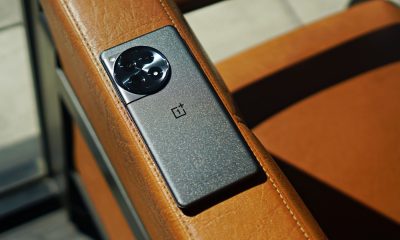
 Reviews3 days ago
Reviews3 days agoOnePlus 12R review: Making sense of OnePlus’ latest flagship
-

 Smartphones2 weeks ago
Smartphones2 weeks agoHuawei Pura 70 series is live in China
-

 Reviews2 weeks ago
Reviews2 weeks agoChallengers review: A thrilling drama wrapped as a tennis anime
-
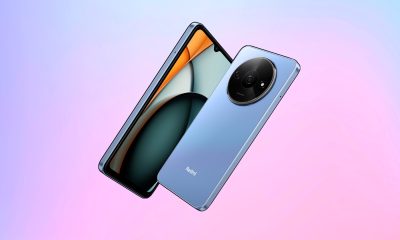
 News1 week ago
News1 week agoXiaomi Redmi A3 Philippine pricing, availability
-
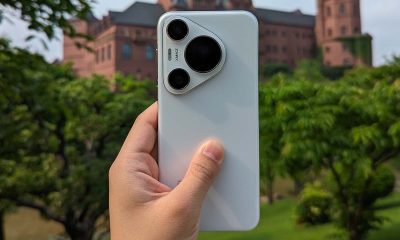
 Smartphones2 days ago
Smartphones2 days agoHuawei Pura 70 Pro Unboxing and First Impressions









